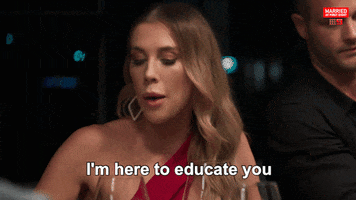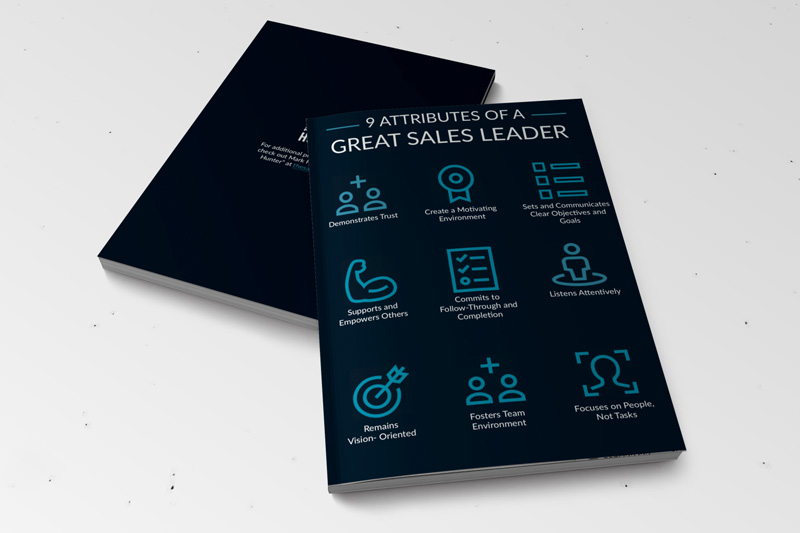Doing a bunch of actions and thinking those activities can turn into results doesn’t make a prospecting cadence.
More than likely, it produces frustrating results, and discouragement. Doing the same thing and expecting different results is the definition of insanity, right?
I believe prospecting works if you do it right, and I’ve got 10 steps to help you do that.
1. Know the purchase frequency.
If you don’t understand how frequently your customers buy, you won’t really understand what the right cadence should be. The cadence must be based around the purchase frequency.
If somebody is purchasing what you sell on a weekly basis, you can reach out to them a couple times a week. If, however, what they buy is a capital expenditure with five year contracts, that’s going to have a much different look and feel to it.
2. Isolate the person you’re prospecting.
I talk a lot about ICP, ideal customer profile. In fact, you can identify yours by taking my ICP Masterclass here.
In addition, isolate the type of person. I was speaking to a gentleman the other day who landed a seven-figure enterprise deal with 500 different contacts.
In communicating with many people, you need to understand the type of person you’re reaching out to, because that’s going to impact the messaging, the cadence, and process you’ll use. For example, you won’t reach out to a lower-level manager with the same frequency as you do with someone in the c-suite.
3. Leverage current conditions.
What’s happening out there with the economy? With the industry? And their competitors?
One of the things that you can use to really accelerate the impact of your cadence is by tying into current conditions out there.

via HULU on GIPHY
4. Understand the fit.
When you first begin prospecting, you’re not quite sure what the details of the outcome will be. But you do understand the fit–how you are going to be able to help them.
This includes not only the expected outcome, but how you’re going to onboard them, how they’re going to utilize you, how the whole relationship is going to work.
Understanding the fit will prevent you from getting into situations that you can’t leverage, you can’t maximize, and it’s going to leave a bad taste in the customer’s mouth.
5. Educate or convert.
If they’re currently buying from somebody else, then what you’re really doing is converting. If on the other hand, what you’re selling is a totally new product or service, you have to first educate.
Educating is probably going to require a tremendous amount of pre-prospecting, linking with marketing, and using other tools to help create awareness.
Conversion on the other hand is going to have a different look and feel than educating, so your strategy will be different. It’s more about the product, the outcome, and here’s why we’re different.

via Married At First Sight on GIPHY
Prospecting is not a waste of time. Let’s get really good at it.
Register for Mark’s live workshop here.
6. Make it about them.
It’s not about how many years your company’s been in business, or how many customers. No, it’s about them.
All of your messaging needs to be about them, because they didn’t wake up wanting to help you. They woke up this morning needing help solving their problems. Big difference.

via FOX TV on GIPHY
7. Match the medium.
For some industries, it’s all about the phone, whereas for others it’s all about email–or even text messaging! You have to match the medium.
It’s not necessarily what you think the medium is. One of the big fallacies is I see salespeople crank out emails on their laptop without thinking about how the prospect will read it. The problem is, their prospect is viewing it on a smartphone and it’s going to look totally different.
Suddenly, what you think is a short email appears to be a long email on a smartphone.
8. Build the calendar.
Don’t start what you can’t finish. I see salespeople start a prospecting program, but they can’t keep up the repetition.
Prospecting is about repetition. Prospecting is about follow-up, and follow-through. By utilizing your calendar, you’ll know if you are going to be able to manage the necessary steps you’ll need to take.
It’s not time to boil the ocean! Because otherwise, you’re just doing a bunch of one-off stuff that’s not going to create any impact at all.
9. Create engagement.
It’s not about just throwing your name out there, it’s about creating engagement. You want to create dialogue.
Think about the great customers that you have: you have a relationship with them. I want to create engagement to then allow me to build a relationship.
10. Rinse and repeat.
As I said before, prospecting is about repetition. However, rinse does not mean you send the same message out ten times.
No, rinse is just like with a bottle of shampoo. You put fresh “shampoo” in your hair, but you repeat the process.
This week on The Sales Hunter Podcast…
Brent Adamson and Mark discuss indicators worth paying attention to, qualifying out a prospect early, and how to move the deal along successfully.
Available Thursday! Subscribe now so you never miss an episode.
Available to listen NOW:
How to Turn Leads into Customers
You have better leads than you realize!
Listen now wherever you stream podcasts.
Copyright 2022, Mark Hunter “The Sales Hunter” Sales Motivation Blog. Mark Hunter is the author of A Mind for Sales and High-Profit Prospecting: Powerful Strategies to Find the Best Leads and Drive Breakthrough Sales Results.













